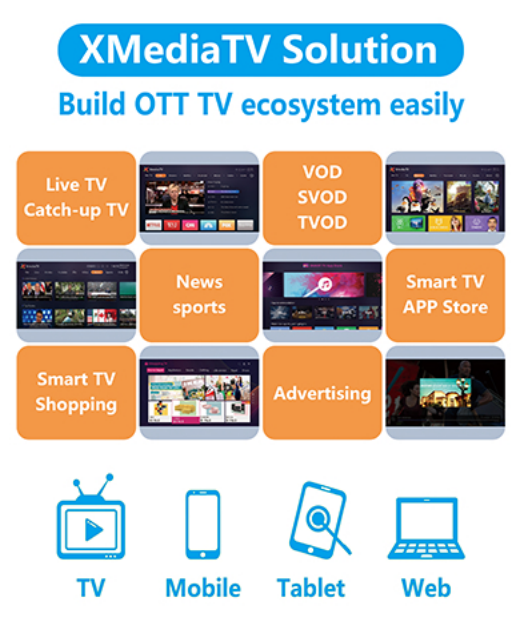Long before concepts like over-the-top (OTT) video services or TV Everywhere became commonplace, the industry started trying various approaches to monetize content delivery, especially for video-on-demand (VOD) content.
Sponsorship-based VOD delivery was one of the initial approach to monetization, following the model of early television shows which were sponsored by particular brand names. Sponsors, though, were willing only to cover the cost of content production and basic delivery rather than pay a handsome profit that content producers dreamed of pulling in.
As online audiences grew, though, the chance to add two new forms of revenues—advertising and subscription—came into play.
Along with those revenue options came a new set of terms: ad-supported video on demand (AVOD) and subscription video on demand (SVOD). Along with the terms emerged a fierce debate over which of the two options was the most likely to yield revenues without annoying consumers.
The debate continues, and we at Streaming Media would like your help in determining what the future holds for AVOD or SVOD approaches to monetization. We’d like both your opinion and insight into your future plans for OTT monetization, along with insights into newer pay-per-view (PPV) and transactional video-on-demand (TVOD) approaches that are beginning to reach critical mass in emerging markets.
what is AVOD, SVOD, and TVOD? We define these concepts as following :
1.Transactional Video on Demand (TVOD) or Pay Per View (PPV)
With transactional VOD the customer pays for each individual video on demand program. There are two sub-categories to TVOD – ‘Electronic Sell Through’ and ‘Download to Rent’.
Example: iTunes, Film4oD, Distrify
Electronic Sell Through (EST) (sometimes known as “Download to Own” or DTO) is the digital sale of the film for unlimited viewing accessed on demand via the Internet, mobile and cable in perpetuity for unlimited viewing in exchange for a transactional fee. It can be described as an extension of the home video market
Download to Rent (DTR) is the digital rental of a program that can be accessed via the Internet, mobile and cable on demand for a limited period of time in exchange for a transactional fee.
2.Subscription Video on Demand (SVOD)
Allows for a digital access of the content in which consumers are charged monthly fees in return for accessing the platforms full library.
Examples: Netflix, Lovefilm
3.Advertisement-supported Video on Demand (AVOD)
Viewers are allowed to watch content for free, however they must watch advertisements at various points throughout the film. A portion of the ad revenue is then returned to the content provider. Ads are broadly categorized into Pre-Roll, Mid-Roll and Post-Roll ads. Example: Youtube, Hulu (US)
Usually, the ads are skippable or non-skippable depending on the advertiser and the ad network. Some popular networks that avail ad service for your inventory (and saving you the worry for an ad sales team) are Adap.TV, Brightroll, SpotXchange, Auditude, AdoTube, Videology, YuMe and Google Adsense.
4.Hybrid of SVOD-TVOD or any other such combination
A combination of AVOD-TVOD, AVOD-SVOD or even a combination of all three can be chosen. Ads work with a subscription model, PPV works with a subscription model and subscription works with an ad-driven model can work with PPV too.


SDMC is committed to providing the leading solutions of Digital Video, Smart Connection, and Cloud Services for Operators.
Email: info@sdmctech.comRecent exhibitions
Meet SDMC at BroadcastAsia 2024©2003-2024 SDMC Technology Co., Ltd